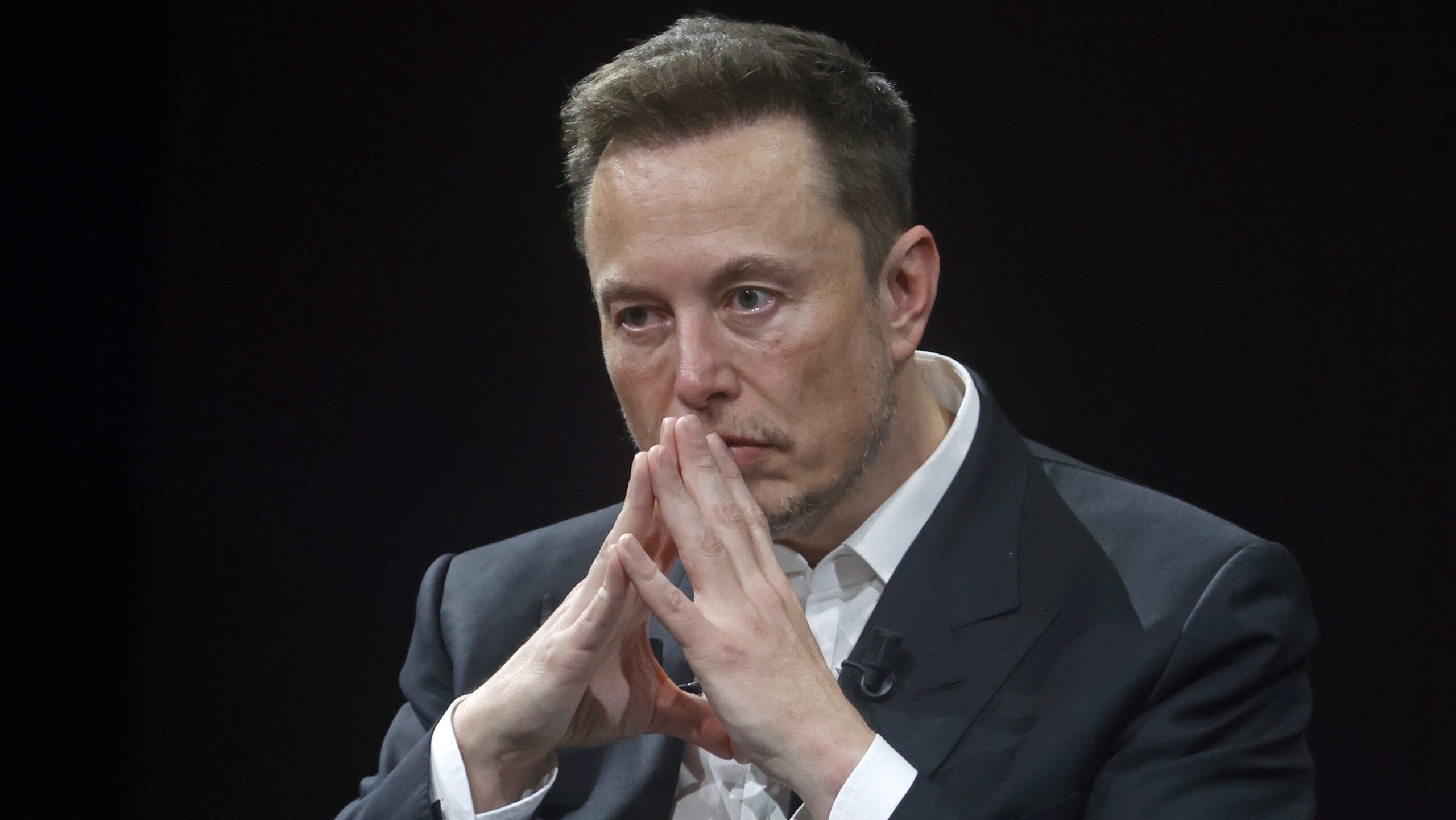Twitter owner Elon Musk has come up with a bold new plan to rid the platform of bots and attract legitimate new users: Charging new subscribers $1 per year for access.
The “Not a Bot” program, as it’s known, is now in testing in New Zealand and the Philippines, where all new accounts will have to take two steps in order to access the platform: Verify their phone number, and then sign up on a subscription plan.
The “Premium” package, with its once-coveted, now-embarrassing blue check, is still available at a rate of $8 per month. But Twitter is also now testing a new, effectively mandatory tier going for $1 (or local equivalent) per year, which will enable users to “post content, like posts, reply, repost and quote other accounts’ posts, [and] bookmark posts.” Those who opt out of paying will be limited to “read only” activities: Reading posts, watching videos, and following other accounts.
“This new program aims to defend against bots and spammers who attempt to manipulate the platform and disrupt the experience of other [Twitter] users,” the announcement states. “We look forward to sharing more about the results soon.”
I can sort of see where someone who’s completely out of ideas might cook up a scheme like this to combat bots: Attaching a nominal fee (and more importantly, I think, the process of paying it) to new account creation is, superficially at least, a semi-valid anti-spam measure. But $1 per year is such a tiny amount that I have to wonder how much real impact it will have. 100 bucks for 100 accounts strikes me as a reasonable price to pay to be able to fire off a wave of tweets about the latest crypto scam.
The bigger issue, though, is the cost/benefit analysis that comes into play, particularly for casual users. Simply put, it’s a headache. Are people really going to deal with the hassle, minor though it may be, of signing up for any kind of subscription fee for a service that used to be free—and especially one that’s become an infamous crap-swamp over the past year? Twitter’s usefulness as a channel for sharing information during times of crisis has effectively evaporated under Musk’s tenure: At this point it’s almost impossible to separate truth and fact from endless waves of spam, nonsense, and active disinformation.
And even if committed users of Twitter see this new fee as an anti-bot effort, those who are not—which is to say, the masses that Twitter needs to attract in order to return it to a state of growth and nominal value—I think are more likely to view it, subconsciously at least, as a value statement. And anything that goes for $1 per year, folks, is not worth one red cent.
(Image credit: Twitter (Twitter))
The obvious looming question is whether this program will eventually be expanded to Twitter’s existing user base. Currently it only applies to new accounts and there’s no official indication that current users will be forced to pay up or lose out, but the statement that existing users are not affected “within this test” suggests that if the test is successful and the program is rolled out across the platform, they might be.
That, I suspect, will signal the true end of Twitter. The current state of the platform simply isn’t worth anything: The degraded quality of content and usability (thanks to the end of Tweetdeck) has made it an actively unpleasant experience. If Musk were to clean house, restore functionality, and get Twitter properly back on track, then maybe—maybe—it might be worth a subscription fee. But applying a fee first as part of a purported effort to clean up his own self-made mess is an ass-backwards approach, and one that I strongly suspect will backfire just like every other change so far.
I’ve reached out to Twitter to ask about that possibility, and the good news is that the Twitter press account is no longer auto-replying with a poop emoji. The bad news is that the current auto-reply isn’t any more informative: “Busy now, please check back later.”











